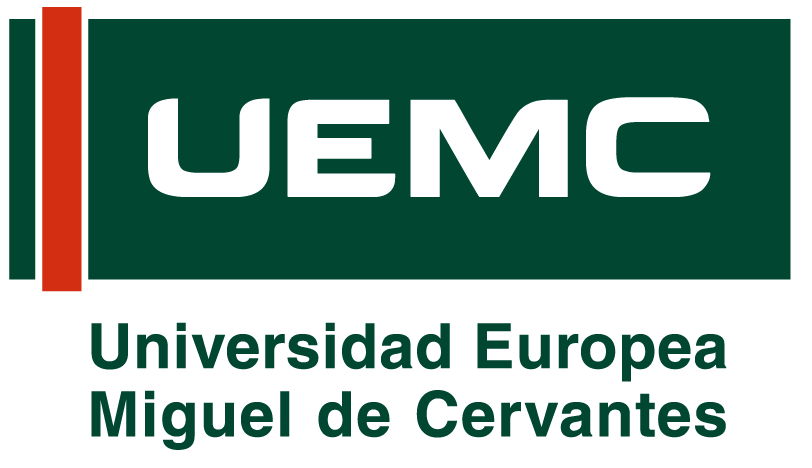By Christina Auinger.
Interviewing Helena Riess, employee of the tourist board Attersee-Attergau in Upper Austria.
Lake Attersee is nestled in the heart of Upper Austria. The Attersee-Attergau region forms part of the picturesque Salzkammergut, a lake district known for its postcard-perfect scenery.
Not to forget: with over 46km², the lake is Austria’s largest inland lake.
My interview partner was Helena Riess. She is responsible for marketing, social media, and print media at the tourist board Attersee-Attergau. I had the chance to talk with her about her job, recent developments, and the role of the tourist board.

Fusion into one DMO Salzkammergut
We began our interview with one of the latest developments at the tourist board Attersee-Attergau: In January 2026, the 6 tourist boards – including Traunsee-Almtal, Dachstein (Inneres Salzkammergut), Bad Ischl, Attersee-Attergau, Mondsee-Irrsee and St. Wolfgang – will merge into one DMO. With this change, it is planned that employees will work across regions, either content or topic-specific. The implementation is still in development, but the plan is that the employees can specialise more in specific topics. Helena explained that with fusions like that, the focus is to encourage a more holistic view of the entire Salzkammergut, rather than just individual regions. However, one challenge is ensuring that no region is left behind. Every region provides unique value, even if some are smaller than others.
Information offices of the future
Another topic was the development and modernisation of the information offices to enhance the guest experience. But do people still walk into tourism offices in an age of digitalisation?
There are four info offices around the lake, and Helena explained that visitors still make us of them— for example, to get a hiking map or inquire about specific holiday packages. However, it’s not only about in-person visits. Many people also call or email to get more information about the region or request specific offers. Furthermore, when documentaries or films featuring the region are broadcast on television, older generations in particular tend to reach out to the info offices to get brochures and more information about the region.
Who is the typical tourist of the region?
In general, the region is well-known as family-friendly, and locals tend to leave a positive, approachable impression on visitors. There are solo travellers, couples, families and also groups, either for leisure or business trips. People who appreciate nature and wish to explore an unfiltered environment on their own. In addition, there are also elderly couples who value culture in the region. A lot of tourists come from within Austria, especially Vienna and Graz, but there are also tourists from the Czech Republic who are mainly interested in diving, where the lake offers a beautiful underwater landscape. “There is also a great potential for attracting more visitors from Bavaria, but since the advertising efforts there have been limited, that’s why there are relatively fewer people from Bavaria compared with those who would like to visit us”, Helena stated.
Topics, core promises and service areas of the tourist board of Attersee-Attergau
The main topics and promises include: Water, Sustainability, Culinary, Activity and Health, Nature and Stars, Culture and Tradition, Mountains and Lake.
Helena explained that they found out that “Nature and Stars” is becoming especially important when it comes to tourists deciding where to go next. The Attersee-Attergau region was the very first Star Park in Austria, certified by the International Darksky-Association (IDA).
The four service areas are: Marketing, Servicing and Coaching of Operators, Guest Service, Product and Offer Development
Regarding Product and Offer Development, Helena explained that the tourist board mainly acts as an impulse generator, helping local operators develop offers to attract more tourists – especially during the low season.
Challenges: low season vs. high season
The region faces a typical “chicken-and-egg” problem: Many hotels and gastronomies close during the winter months due to low tourist numbers, while tourists stay away because fewer services are available. In 2024, the tourist board helped to organise and promote ice-bathing events on Lake Attersee. This is a chance to get more overnight stays during the low season and close the gap between high and low seasons. While the focus in the low season lies in promoting events and the region itself on social media by creating attractive offers, there is a different approach in the high season. In these months, the focus is more on giving specific advice for a good coexistence, such as safety tips for hiking or swimming.
Events are not only for tourists, but also for locals
Helena gave the example of the very popular car-free day around Lake Attersee, which was on the 27th of April this year. Events like these attract both tourists and locals, and that’s very important for a good coexistence. With around 61.000 participants, this day is very popular in the region.
Conclusion
Overall, I believe that the tourist board plays a vital role in the region, as they bring together tourists and local operators, as well as helping local operators with their expertise in different business-related topics, for example, marketing, pricing and social media. Especially for smaller operators, these offers can be very useful to remain competitive in the future tourism market. The planned structural change to the DMO Salzkammergut could be a significant step towards gaining strength for marketing and social media activities on an international level. I think that one of the key challenges during the change of the structure will be to bring all parties together with clearly focusing on the needs of all six regions. Furthermore, I think it is important to identify future target groups and create offers that help to reduce the gap between the winter and summer months.
Disclaimer: The interview was conducted in German and all statements were translated into English accordingly.
This article is part of the practical work carried out by the students of the Master’s in Travel Journalism.

